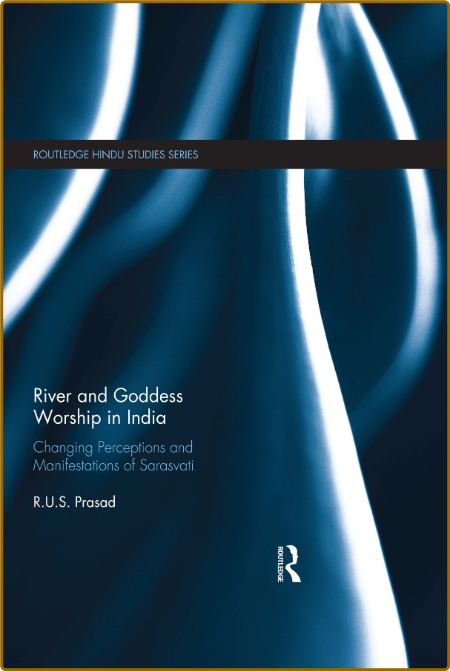0DAYDDL
Active member

pdf | 8.54 MB | English | Isbn: 1138630446 | Author: Prasad, R. U. S.; | Year: 2017
Description:
Sarasvati assumes different roles, a physical river and a river goddess, then as a goddess of speech and finally that of a goddess of learning, knowledge, arts and music. References to Sarasvati in the Vedas and the Brahmanas, the Mahabharata and the Puranas and her marked presence in other religious orders, such as Buddhism, Jainism and the Japanese religion, form the basis of discussion as regards her various attributes and manifestations. In Jainism, her counter-part is Sutra-devi, in Buddhism it is Manjusri and Prajnaparamita and in the Japanese religion, Benten is the representative goddess. The physical presence of Sarasvati in various iconic forms is seen in Nepal, Tibet and Japan. Tantrism associated with Sarasvati also finds reflection in these religious traditions. Sculptors and art historians take delight in interpreting various symbols her iconic forms represent.
The book examines Sarasvati's origin, the course of her flow and the place of her disappearance in a holistic manner. Based on a close analysis of texts from the early Rig-Veda to the Brahmanas and the Puranas, it discusses different view-points in a balanced perspective and attempts to drive the discussions towards the emergence of a consensus view. The author delineates the various phases of Sarasvati's evolution to establish her unique status and emphasise her continued relevance in the Hindu tradition. The book argues that the practice of pilgrimage further evolved after its association with the river Sarasvati who was perceived as divinity personified in Hindu tradition. This, in turn, led to the emergence of numerous pilgrimage sites on or near her banks which attracted a large number of pilgrims.
A multifaceted and interdisciplinary analysis of a Hindu goddess, this book will be of interest to academics researching South Asian Religion, Hinduism and Indian Philosophy as also the general readers.
Category:Ethnic Studies, Hinduism, Hinduism
RapidGator
Code:
https://rapidgator.net/file/8582489bd64c38655625ab2a670f40dd/
Code:
https://ddownload.com/cwnyems676sc